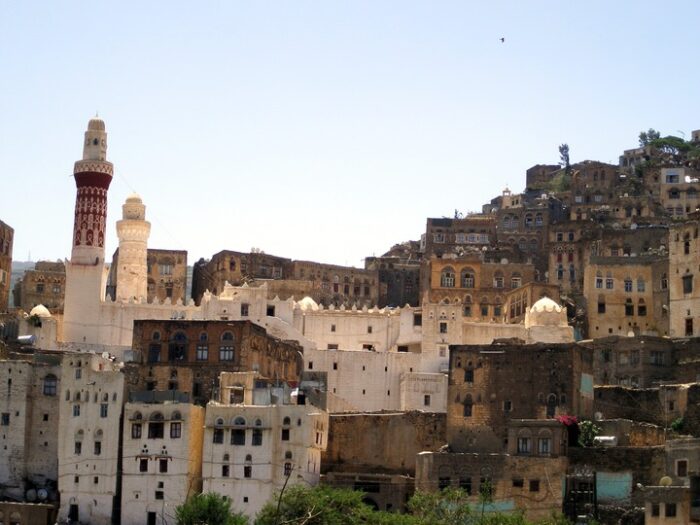
The study “Two Tales of One War: Understanding the Media Coverage of the Yemeni
Civil War in Saudi Arabia and Qatar” by Talha Ismail Duman and Furkan Halit Yolcu from Sakarya University in Turkey looked at the role of media in asymmetrical conflicts between state and nonstate actors, specifically, how the Yemeni conflict was covered in the Saudi Arabian Al Arabiya and the Qatarian Al Jazeera in 2015-2017 and 2017-2020.
The Yemeni Civil War started in the aftermath of the Arab Spring and has since created concerns, both regional and global, about interstate conflict as well as humanitarian issues. This study acknowledges previous studies on the topic and utilizes media-performance typology by Robinson, Goddard, Parry, and Murray (2009) to investigate the contrast in presentation in the two media sources.
Quantitative content analysis was used as a method in the study. Both Arabic and English coverage was analyzed, and a total of 3016 articles (1502 from Al Arabiya and 1514 from Al Jazeera) were chosen for the analysis based on five relevant keywords. The articles were coded as positive, negative, or mixed by PhD students who were native Arabic speakers.
It was found out that Al Jazeera’s tone in the news articles was comparable to the official position of the Qatari government- The rate of negative news before the crisis was 9,2%, increasing dramatically to 57,1% during the crisis. Thus, the hypothesis that media controlled by state apparatus is forced to adapt its reporting to the government position was mostly confirmed, but there were signs of independence – there were still positive articles.
In contrast, Al Arabiya stood out in being in favor of the coalition, mostly echoing the political position of the government of Saudi Arabia. The rate of positive news before the crisis was 79,5%, increasing to 92,1% during the crisis. A similar hypothesis was confirmed here, too – governments use media to legitimize their position.
The authors conclude that there were three findings. First, turbulence in interstate affairs affects mass media presenting each other’s actions. Second, language – English or local as in this case Arabic – use impacts actions, naming and news events and might be a fruitful topic to investigate in further studies. Third, the position a media outlet takes on a war may swiftly change if the context and environment are highly polarized.
The article “Two Tales of One War: Understanding the Media Coverage of the Yemeni
Civil War in Saudi Arabia and Qatar” by Talha Ismail Duman and Furkan Halit is in International Journal of Communication. (open access).
Picture: Queen Arwa Mosque in Jibla, Ibb province, Yemen by asamw.
License: Unsplash.